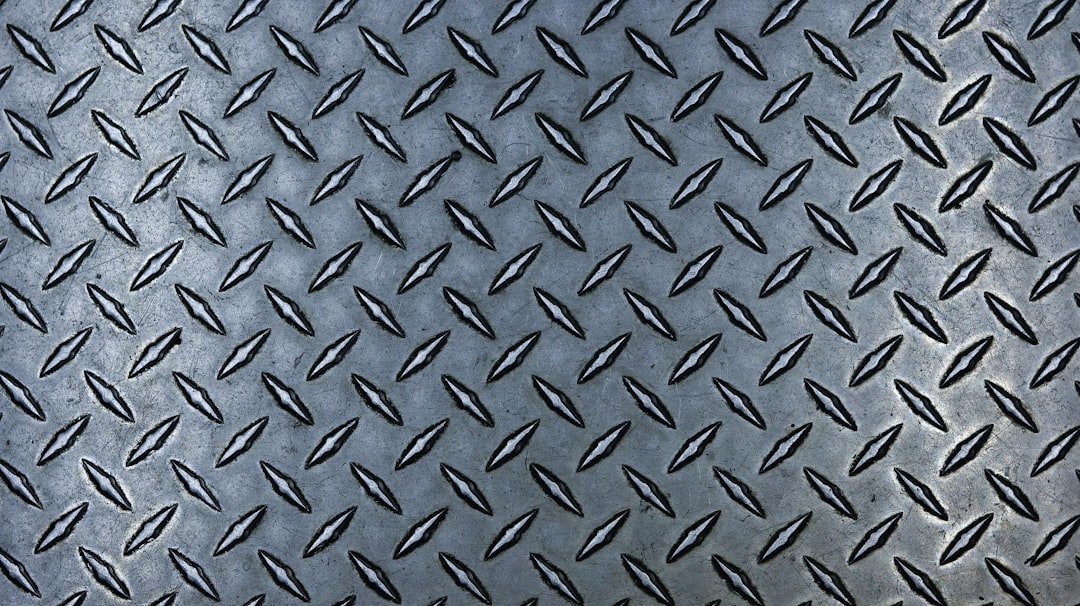What is it about?
We study the processes by which petroleum originates in source rock and generates a transport path enabling some of it to leave. We show that diffusion through the source rock is too slow to account for the migration of petroleum. However when kerogen converts into petroleum within pores, it expands, and this expansion is sufficient to fracture the rock around the pores. Thus the transport of petroleum depends on whether these fractures connect up to form a macroscopic transport path. We develop a simulation tool that lets us study pressurized fluid in disk-shaped domains which expand and fracture the surrounding material. Examining pairs of pressurized pores, we obtain a lower limit for critical porosity in shale rock, 0.15. When kerogen saturation exceeds this value, long-range transport paths become possible. This critical porosity is comparable to the porosities observed in immature shales.
Featured Image

Photo by Ryan Pohanic on Unsplash
Why is it important?
The fracturing of source rock during petroleum generation is still an incompletely understood process
Read the Original
This page is a summary of: A model of fracture-facilitated flow of hydrocarbons from petroleum source rock, International Journal of Fracture, December 2022, Springer Science + Business Media,
DOI: 10.1007/s10704-022-00686-4.
You can read the full text:
Contributors
The following have contributed to this page










